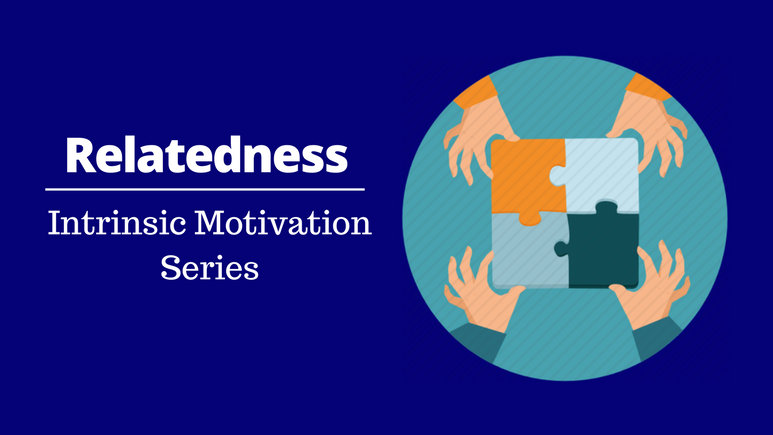
Anyone who’s spent any amount of time working in education has likely heard of the achievement gap.
The achievement gap describes the fact that in our country, students from minority backgrounds and low-income households tend to perform worse in school than their peers from wealthier homes.
Countless researchers, non-profit organizations, and policymakers have dubbed this the civil rights movement of our generation, and yet, how we can close this gap is an enigma.
While there have been bright spots of success here and there, few ideas have been scalable to a national level.
One approach that has potential? Increasing students’ intrinsic motivation.
Much of the research indicates that low-income students aren’t any less capable of learning than their affluent peers, but that they often lack the grit and motivation that it takes to stick it out when learning gets hard.
What’s tricky, though, is how does one teach intrinsic motivation?
Researchers and teachers alike agree that you can’t teach motivation directly in the way you can teach addition and subtraction.
Studies indicate that intrinsic motivation tends to develop as a result of three environmental factors: relatedness, autonomy, and mastery.
We’ll be digging into each of these facets in three individual posts to explore why it is that these conditions matter and how to foster them in your classroom.
First up: relatedness!
Why Relatedness?
Relatedness can (and should) exist in a number of different ways in order to boost motivation.
Student to content relatedness is achieved by making content relevant to your students. Teachers need to build context that helps students understand how content relates to their own lives.
Content to content relatedness helps students understand that everything we learn is interconnected.
When reading To Kill a Mockingbird it’s important to know the novel was written shortly after the Scottsboro Trial of the 1930s. And when looking at current events about criminal justice in America, we can draw on themes learned in To Kill a Mockingbird.
Teachers should help students see how big ideas from different subjects relate to each other, and how ideas within one subject are also connected.
How is what we are learning today related to what we learned yesterday and to what we learned last month?
Student to teacher relatedness draws on the relationships that develop between kids and their teachers.
Do teachers make an effort to get to know students? How do they share about their own lives? Do they invest time in building relationships?
Together, these different forms of relatedness form one of the three pillars that develop intrinsic motivation for students.
Ways to Build Relatedness into Your Class
Use Cross-Curricular Projects
Cross-curricular projects are a great way to help students see how much different academic subjects overlap.
Check out this post on Project Based Learning for ideas on how to get started introducing students to authentic projects that require them to draw on skills and knowledge from various content areas.
Invest in Community Building
It already feels like there aren’t enough hours in the school year to teach everything you want to. Is there really time to invest in “getting to know you” activities?
The answer: yes!
It might eat up some valuable minutes on the front end, but spending time getting to know your students and allowing them to get to know each other will pay dividends as the year goes on.
Check out this list of fun icebreakers to use in your classroom.
Make Learning Cyclical
As much as possible relate new material back to ideas you’ve already learned.
Introducing a new type of government in history class? Have students compare it to other governments they already know, discussing the benefits and drawbacks of each.
Make it Relevant
The easiest way to hook students into a lesson is to connect it to their own lives.
Rewrite word problems in math to fit experiences your students might encounter. Allow students to analyze the meaning of their favorite song lyrics during a poetry unit.
If what kids see in the classroom relates to what they see in their day-to-day lives they’re more likely to be on board to give it their all.
Create a Community
It’s human nature to seek a sense of belonging. You want your students to feel that when they’re in your classroom, they’re part of a community.
Create a common language that is unique to your classroom. Remind students that they are all on one team.
And most importantly, do whatever you need to do to ensure that your classroom is a safe space for all members to share ideas. This requires setting norms from day one and making a big deal if students breach these norms.
The more students feel connected to you, the content you’re teaching, and each other, the more motivated they’ll be to want to do their best.
Keep an eye out for upcoming posts on autonomy and mastery! Together these three conditions have the power to boost intrinsic motivation and academic achievement for all students.



Leave a Reply